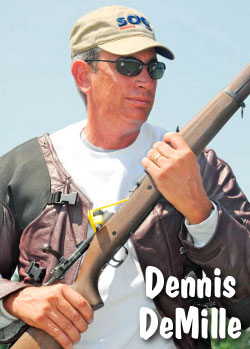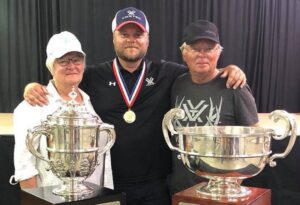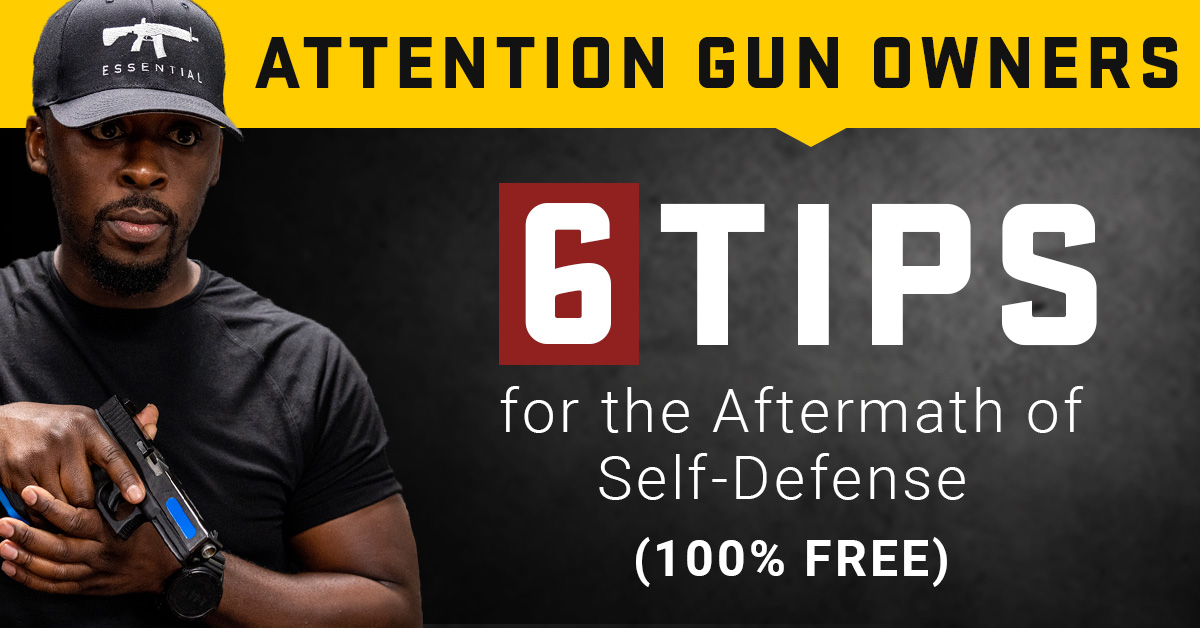Kirsten Joy Weiss created a video that is very useful for Dry-Fire training. Dry-Fire training is done without using a live round. Kirsten explains that Dry-Firing works because it eliminates the noise and messages you get when firing a live round. You only hear the click of the gun trigger. There is no recoil or sound of a bullet going off. This is the last installment of Kirsten’s series on ‘How to Shoot Awesomely.’ Kisten says, “I hope this helps you. Keep on aiming straight!”It’s time to get started with Dry-Fire training. Dry-Fire practice is very important for F-Class and the sling disciplines. Dennis DeMille is a national Service Rifle Champion. He told us that for every minute of actual competition he spent, he spent hours practicing without ammunition. Dennis DeMille, a national Service Rifle Champion, told us that he would spend hours practicing without ammunition in the barracks while he was in the USMC. He would work on his hold, and dry-fire: “The most important thing to do is to spend time away from the range practicing.” Most of what I’ve learned as a High Power Shooter, I’ve learned without ammunition – just by dry firing and doing exercises. Holding exercises can help you identify your weak points. Dry firing is primarily used to get you accustomed to shooting an empty gun. You will eventually become a High-Master if you can shoot an empty and a loaded rifle in the same manner.
What about benchresting? We’ve found Dry-Fire sessions are beneficial to benchresters as well. They can reveal flaws with your trigger technique or inconsistencies between shots in how you address the rifle. If you notice the scope’s crosshairs moving a lot as you pull the trigger with the gun set up on the rear bag and front rest, you should work on your technique. Dry-fire practice will help you to learn how to move the bolt smoothly, so that you don’t disturb your gun on the bags.

















